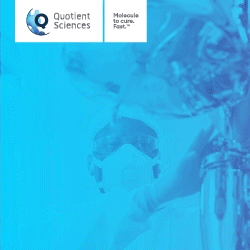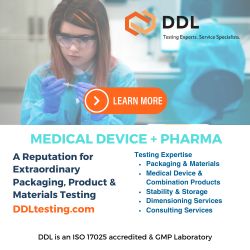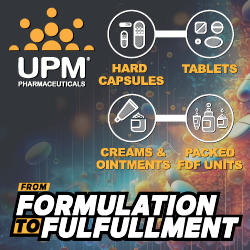Case Study of Formulating “One & Done” Daily Dosing Involving a Highly Water-Soluble API
By: Michael DeHart, PhD
The Issue
Metrics Contract Services was approached by a client with a commercialized drug product indicated for curative treatment. The client needed a second-generation formulation for a clinical trial studying the drug’s efficacy as a preventative treatment. The clinical trial would enroll patients for whom medication compliance would be extremely difficult. So the client hoped to encourage patient compliance with an easy and palatable “one and done” daily dosing.
This meant the second-generation iteration required almost every deliverable a formulation development scientist can produce — uniform-sized multi-particulate for consistent controlled release; taste masking and small particle size to improve patient compliance; 24-hour modified release for once-a-day dosing; and dose dumping prevention.
The Approach
This situation was the first Dr. Michael DeHart, senior formulation scientist at Metrics, could recall in which a client needed so many formulation development deliverables.
“With most projects, the client picks the two or three deliverables that are most important,” he said. “But this clinical trial would involve unique patients who could easily fail to carry out a medicine regimen, so compliance was critical. It was a challenge.”
DeHart and his team established critical quality attributes that were achievable for the product — the most important attribute being controlled release for 12 to 24 hours. The API’s highly water-soluble nature posed significant challenges to achieve any kind of controlled release.
Controlled release was achieved by layering the drug onto a substrate and then applying a completely insoluble functional coat using a solvent-based coating system. The downside of achieving the controlled release was the large amount of drug product needed to achieve a therapeutic dose concentration of 25 to 35% w/w.
However, DeHart and his team were able to increase the drug concentration by making pellets of the drug through extrusion and spheronization. The next steps for this complex dosage form were to increase patient compliance through taste masking and making a suspension of the pellets.
The Outcome
The team created a highly water-soluble compound in a dosage form with controlled release. Despite using a completely insoluble coating, the team was able to push API out from the center of the beads. The functional coat consisted of completely insoluble material (ethyl cellulose and dibutyl sebacate as the plasticizer) and yet drug still released from the core.
Metrics found that using a solvent system, as opposed to an aqueous dispersion and cure times, gave a nice, contiguous coat that could provide the desired controlled release.
The client used the formulation to successfully conduct a Phase I clinical trial. The company is proceeding to Phase II clinical trials leveraging the same formulation process Metrics developed using a different starting substrate.
For more information, contact Metrics Contract Services at (252) 752-3800 or visit www.metricsinc.com.
Total Page Views: 1133













